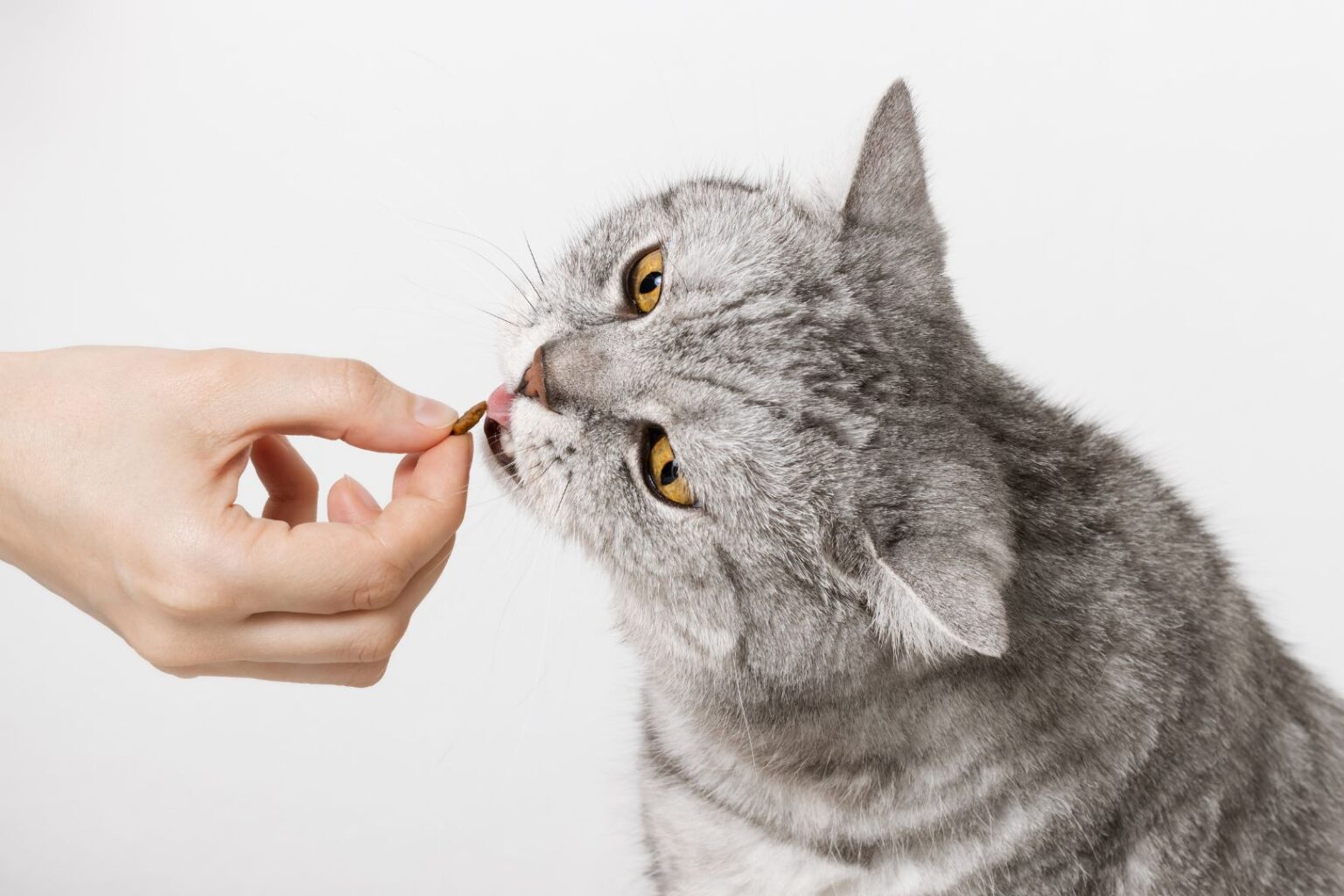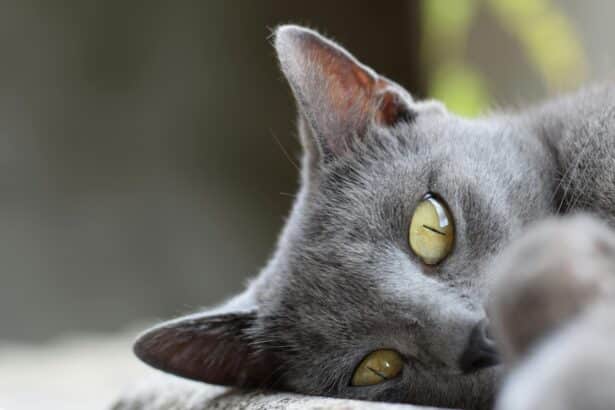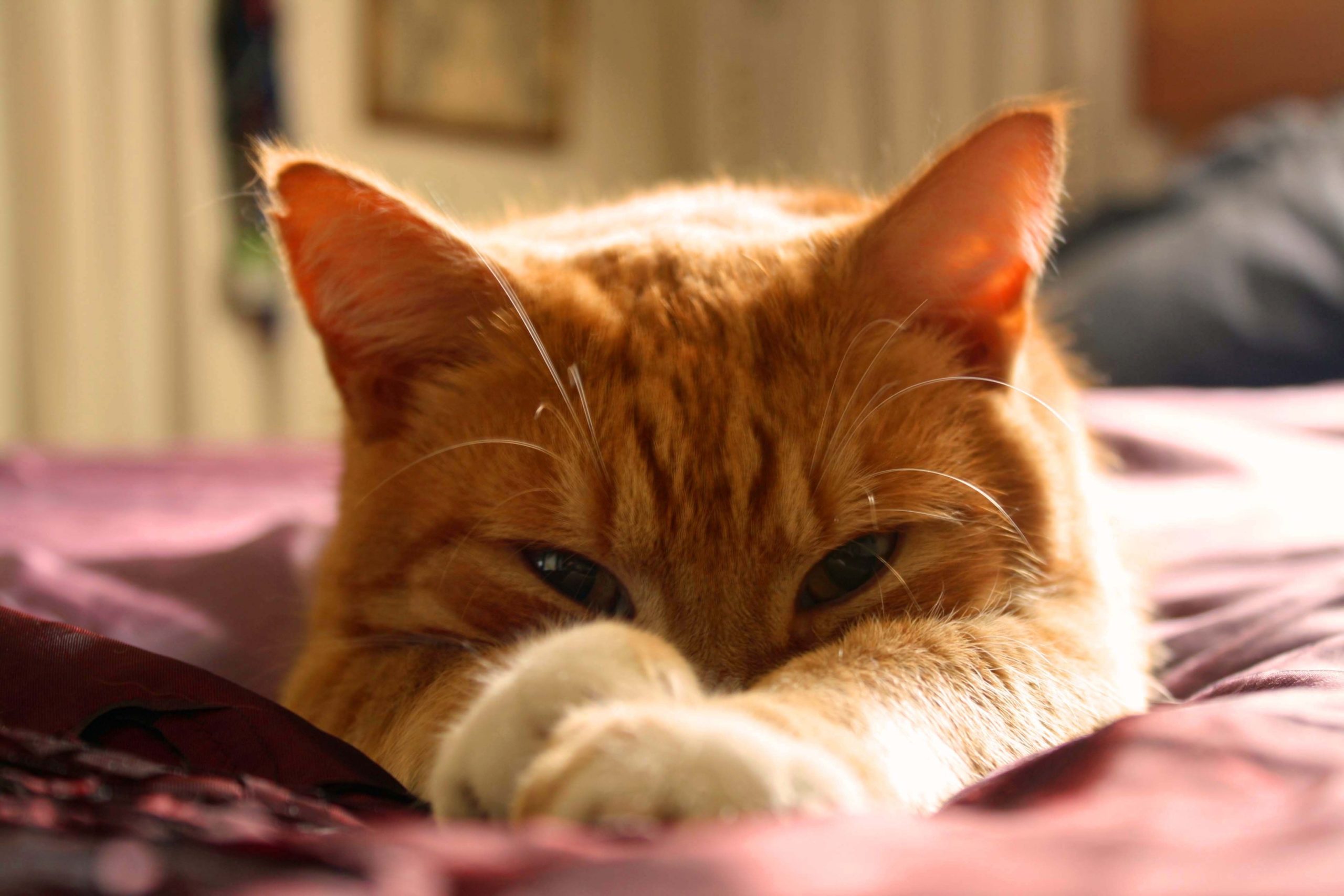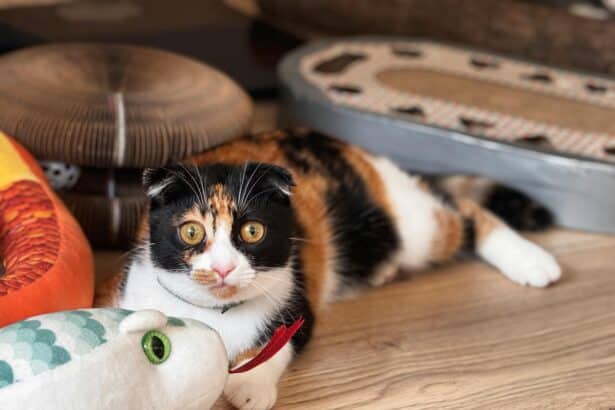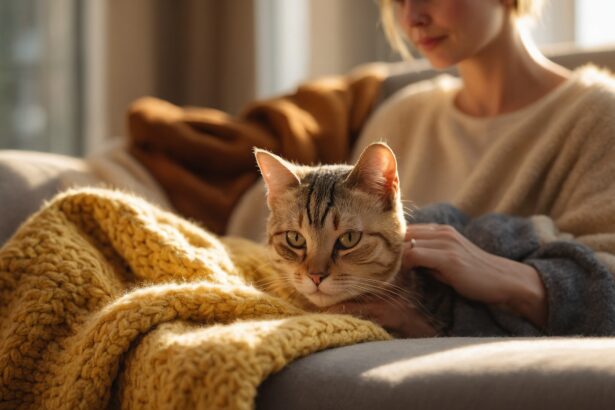Your cat turned her nose up at dinner and now you’re worried? You’re right to be alert. For cats, skipping meals isn’t a quirky mood—it can snowball into a genuine medical emergency. Let’s walk through what’s going on, what to watch for, and how to gently bring that appetite back.
Why a cat skipping meals is serious
Strict carnivore, special rules
Cats are obligate carnivores. Their bodies run on animal protein and certain nutrients they can’t make alone, like taurine. Without steady protein, their metabolism struggles fast.
Unlike us, cats don’t “fast well.” Even short gaps without food can push their bodies to burn fat in a way that overwhelms the liver. That’s why a cat that stops eating needs attention quickly.
Curious about how long a cat can safely go without food? Here’s a clear guide on fasting time in cats.
Why fasting isn’t natural for cats
In the wild, small frequent meals are the norm. Long breaks aren’t. When your cat doesn’t eat, her body mobilizes fat for energy—but cats’ livers aren’t great at processing large amounts of fat. That’s where the danger lies.
What can happen when a cat stops eating
Fast changes you might notice
- Lethargy, hiding more, or seeming “blah”
- Less interest in play or cuddles
- Rapid weight loss and a duller coat
- Nausea signs: lip smacking, drooling, sniffing food but walking away
Hepatic lipidosis: the hidden emergency
Also called “fatty liver,” hepatic lipidosis happens when a cat’s liver is flooded with fat after a period of not eating. It’s most common in overweight cats but can affect any feline. Without quick treatment, it can be life-threatening.
Surprising fact: taurine—found in animal protein—is essential for cats. Prolonged deficiencies can harm the heart and eyes. Yet another reason consistent, protein-rich meals matter.
What to do now: gentle, effective steps
First, rule out medical causes
Loss of appetite is a symptom, not a diagnosis. Call your vet if your cat hasn’t eaten for 24 hours (or sooner if she’s a kitten, senior, diabetic, or already thin). Common culprits include:
- Dental pain (tooth resorption, gingivitis)
- Nausea (gastritis, hairballs, pancreatitis)
- Kidney or liver disease
- Respiratory infections (can’t smell = won’t eat)
- Pain from injury or arthritis
- Stress: new pet, move, new food or bowl location
For everyday feeding foundations, this guide helps you feed your cat well with calm and consistency.
Tempt that appetite (with kindness)
- Warm wet food to body temperature (about 38–40°C/100–104°F) to boost aroma.
- Offer strong-smelling options: tuna water (not brine), sardine water, or a tiny sprinkle of bonito flakes.
- Try hand-feeding or placing food on a shallow, whisker-friendly plate.
- Offer multiple mini-meals in quiet spots—some cats eat better when not “watched.”
- Hydration helps: add a spoon of warm water or broth (no onion/garlic) to food.
- Use a favorite “starter”: a pea-sized dab of pâté on the lips can trigger interest.
Practical tip you’ll love: create a “scent trail.” Smear a whisper of warmed gravy from the food from your cat’s favorite resting spot to the bowl. Following the smell often nudges them into a few first licks.
Common mistake to avoid: switching foods abruptly over frustration. Sudden changes can upset the stomach and make eating even less appealing. Transition gradually over 5–7 days when possible.
When to see the vet urgently
- No eating for 24 hours (12 hours for kittens) or minimal intake for more than a day
- Vomiting, diarrhea, fever, or severe lethargy
- Yellow gums/eyes (possible jaundice), labored breathing, or dehydration
- Overweight cat that suddenly stops eating—high risk for fatty liver
Never give human medications, essential oils, or dog food. They can be toxic for cats. And force-feeding the wrong way can cause aspiration—always ask your vet how to syringe-feed safely if needed.
Prevention: keep mealtimes calm and cat-approved
- Stick to a routine: consistent times, a quiet feeding zone, and the same bowl spot.
- Choose shallow, wide bowls and keep them squeaky clean (cats hate stale smells).
- Split daily food into several small portions to match feline instincts.
- For older cats, elevate bowls slightly to reduce neck strain.
- Watch stress triggers: doorbell chaos, new pets, renovations. Temporary separation can help.
If you suspect an underlying illness, this overview can help you spot common cat diseases early—then head to your vet for tailored care.
Final purr of wisdom
When a cat stops eating, time matters. Gentle encouragement at home is great, but don’t wait to loop in your vet. With swift action, most cats are back to nibbling—and bossing us around at mealtime—in no time.
FAQ
How long can a cat go without eating safely?
Not long. Call your vet if your cat hasn’t eaten for 24 hours, sooner for kittens, seniors, or sick cats. Overweight cats are at higher risk of fatty liver.
What can I feed a cat that refuses food?
Warm, smelly wet food is your best friend: tuna water, sardine water, or a tiny sprinkle of bonito flakes. Keep portions small and frequent.
Should I be worried if my cat is drinking but not eating?
Yes—hydration helps, but not eating can still be dangerous. If she refuses food for 24 hours, contact your vet promptly.
Is it okay to syringe-feed my cat?
Only under veterinary guidance. Done incorrectly, it can lead to aspiration. Your vet can show you safe techniques or recommend an appetite stimulant.


